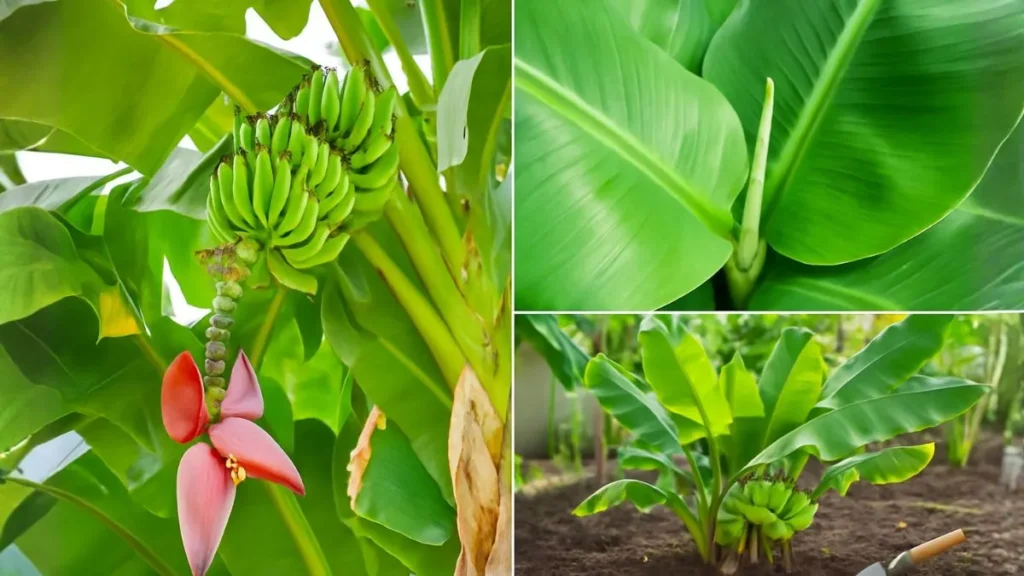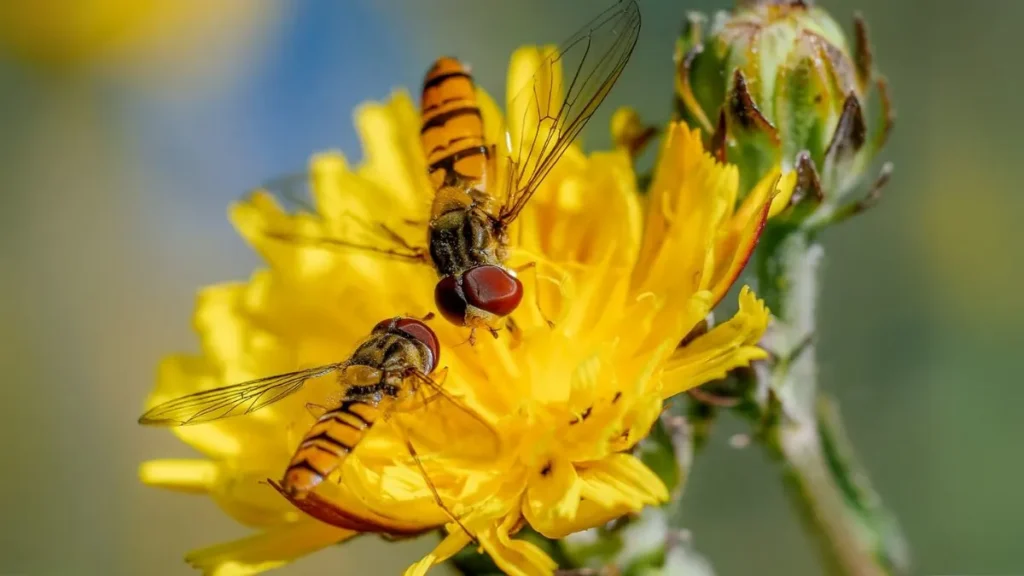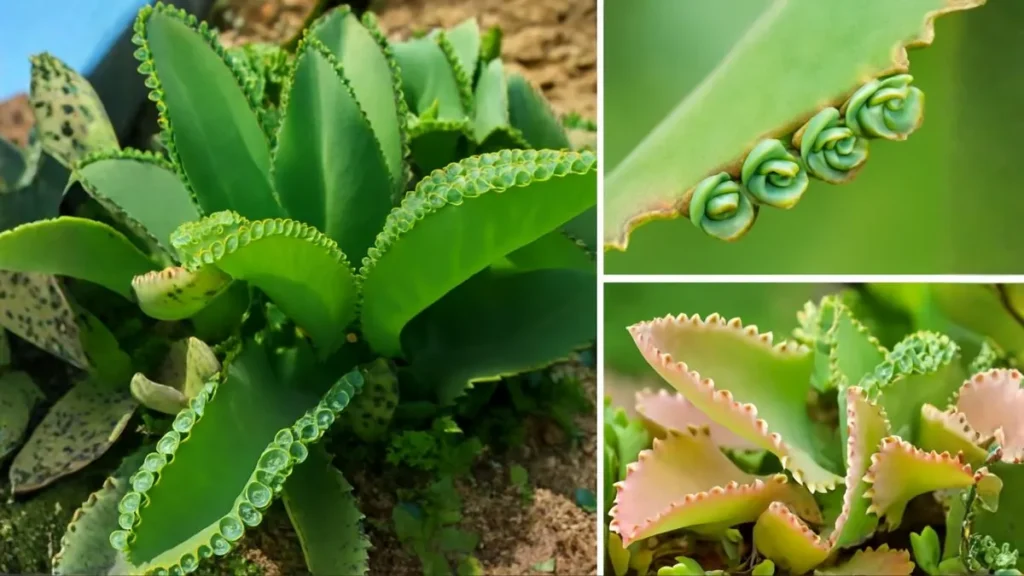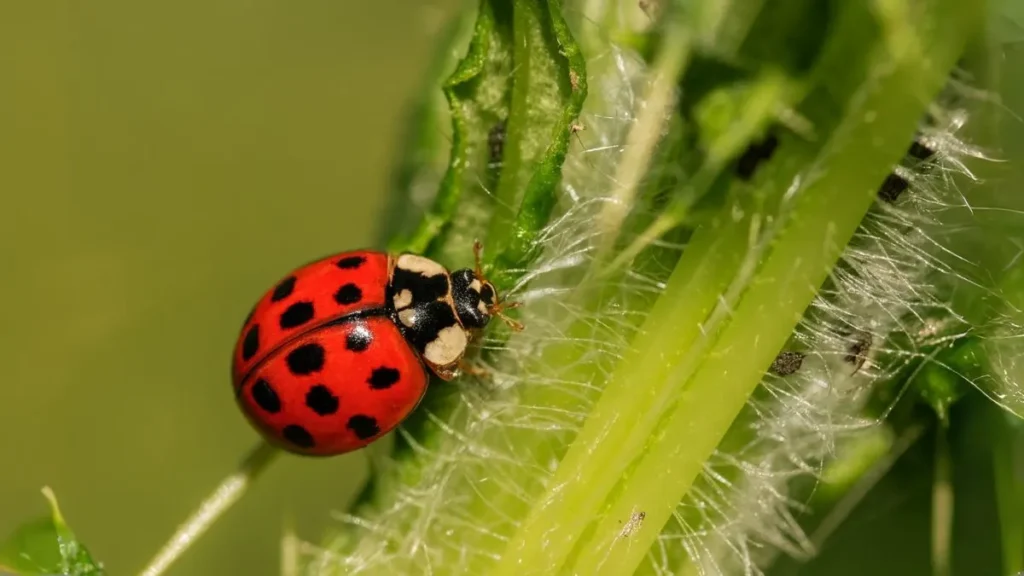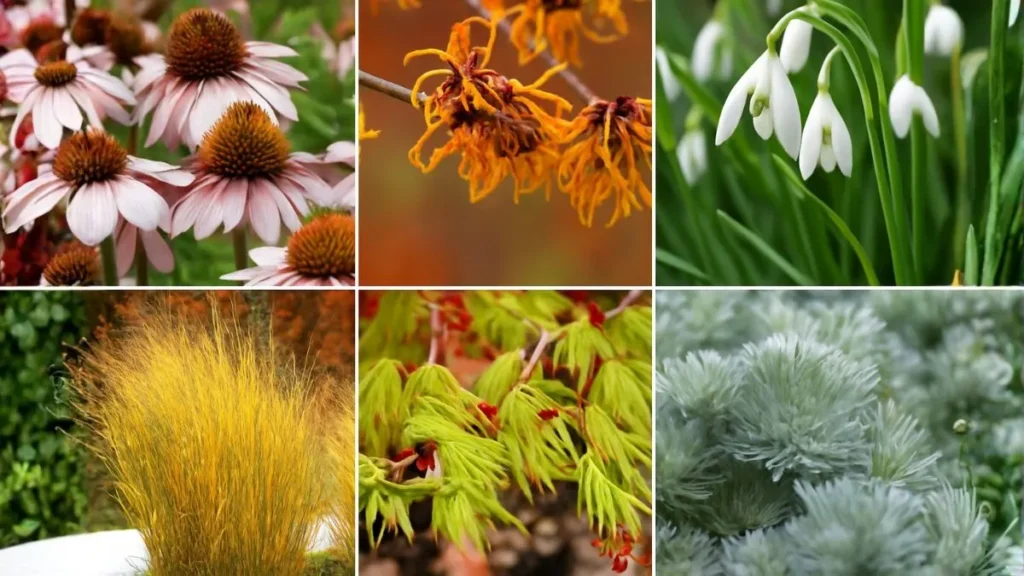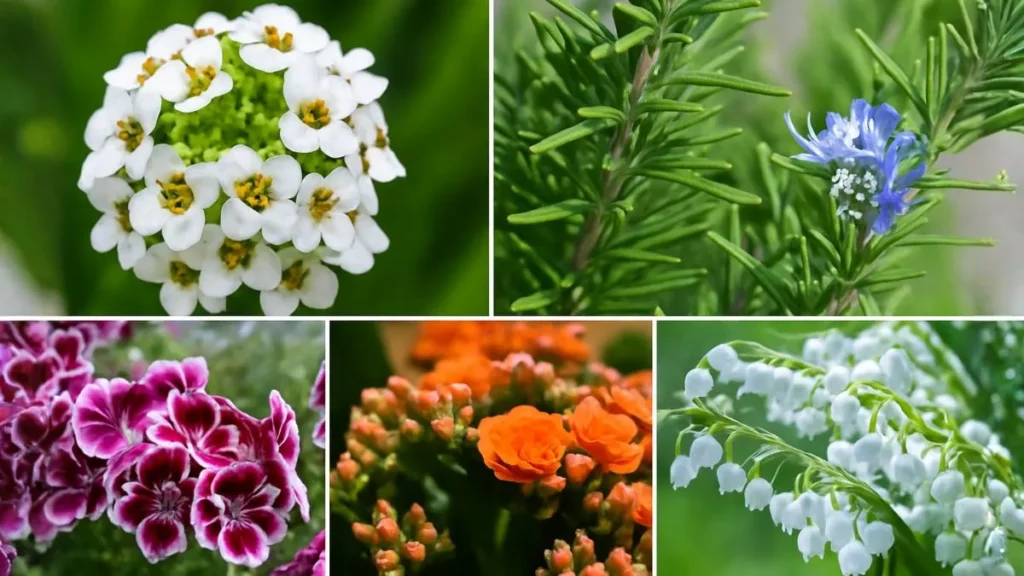Some flowers make us smile. Some make us stop and stare. And a rare few? They completely challenge our idea of what nature can create.
Welcome to the world of mysterious flowers—unusual, hauntingly beautiful blooms that look straight out of a sci-fi movie or abstract painting. As someone deeply immersed in documenting garden wonders, I’ve seen my share of roses and lilies—but these are something else entirely.
Whether it’s the world’s smelliest flower, a flower that resembles a brain, or a velvety black petunia, these botanical oddities blur the line between art and evolution.
Corpse Flower – The Titan of Mystery and Stench
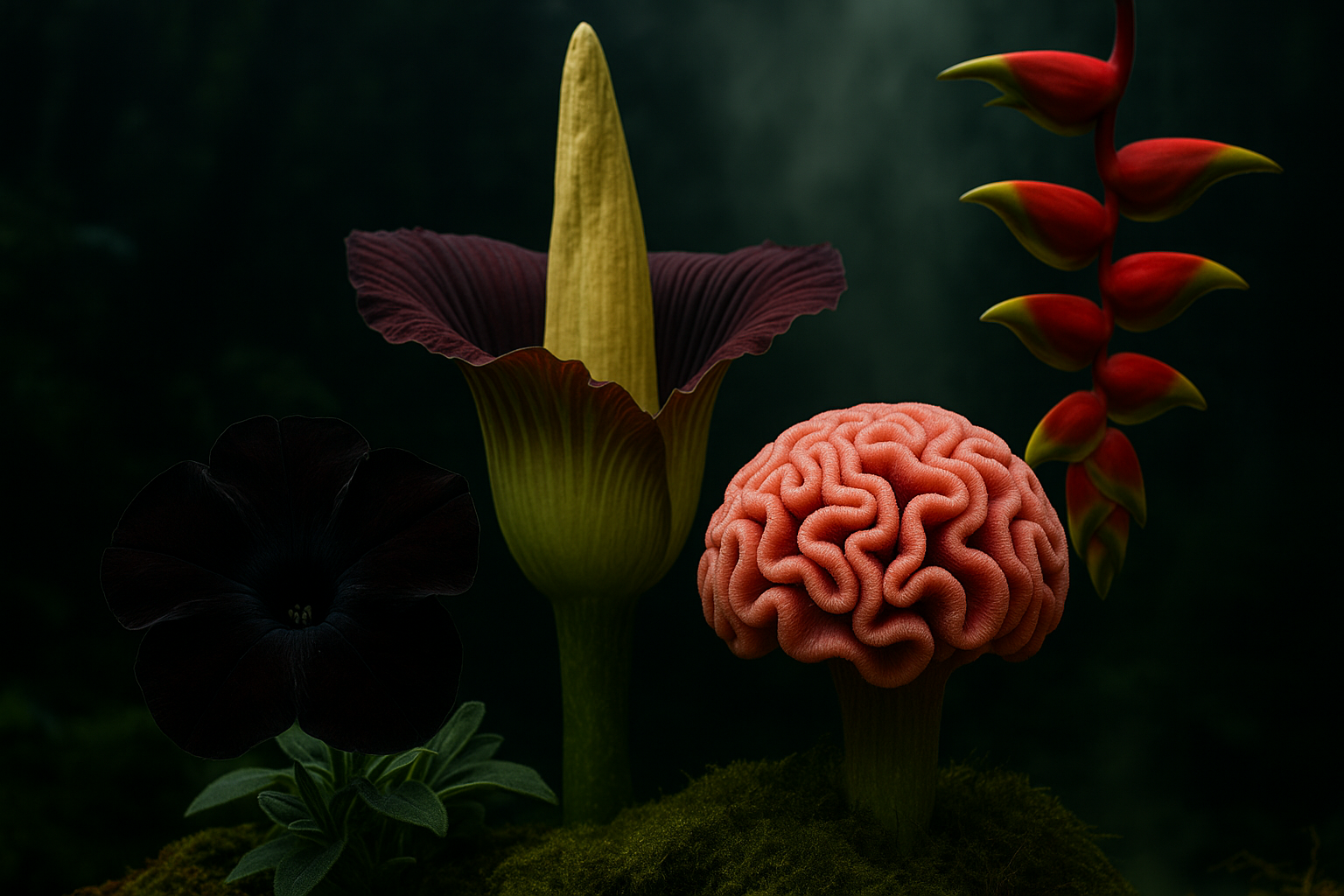
Scientific Name: Amorphophallus titanum
Nicknamed the Corpse Flower for a good reason—this towering bloom (up to 10 feet tall!) releases a pungent odor that mimics rotting flesh. Why? To attract carrion beetles and flesh flies that help pollinate it.
- Why It’s Unique: It blooms only once every 7–10 years.
- Where It’s Found: Originally from the rainforests of Sumatra, but occasionally blooms in botanical gardens across the U.S., Canada, and Europe.
- Fun Fact: During its rare blooming phase, people queue up just to smell it—voluntarily.
It’s not just a flower. It’s a once-in-a-decade event.
Lobster Claw Flower – Nature’s Mechanical Sculpture
Scientific Name: Heliconia rostrata
The Lobster Claw Flower looks more engineered than grown. Its rigid, bright red-and-yellow bracts resemble lobster pincers—and it’s often used in exotic tropical floral arrangements for its strong visual presence.
- Why It’s Fascinating: The bracts protect the tiny flowers inside while attracting pollinators.
- Where It’s Seen: Common in tropical gardens from Central America to Hawaii.
- Photographer’s Note: This is one of the most photogenic flowers I’ve shot—every angle reveals a new layer of geometry.
Celosia Cristata – The Flower That Resembles a Brain
Commonly known as Cockscomb, the Celosia Cristata is one of the most unsettling flowers out there. With ruffled, brain-like folds and a deep crimson or golden hue, it truly earns the title of the flower that resembles a brain.
- Why It’s Striking: Its texture is velvety and surreal—perfect for surreal gardens or art installations.
- My Encounter: I first saw this in a roadside garden in Kerala. I honestly thought it was an art piece until the wind moved it.
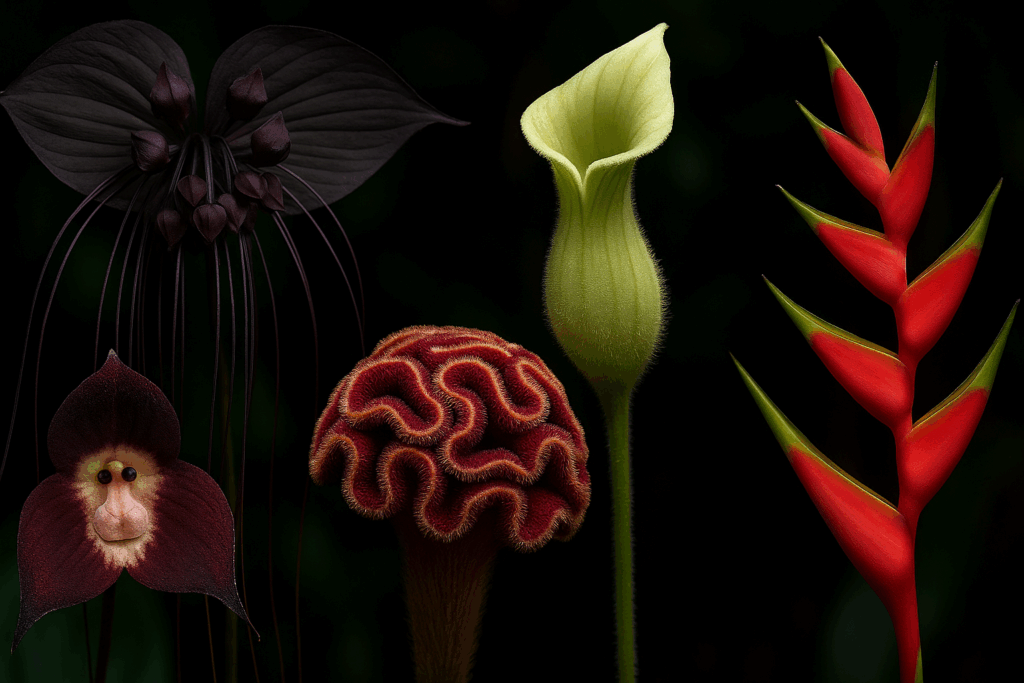
Black Velvet Petunia – Darkness in Bloom
Launched in 2010, the Black Velvet Petunia is one of the most dramatic garden additions you’ll find. Its petals are so dark they absorb light, creating an almost matte-black appearance.
- Why It’s Loved: It adds depth, contrast, and emotion to any flowerbed.
- Where to Grow It: Ideal for moody-themed or gothic gardens.
- Design Tip: Pair with white or silver foliage for maximum impact.
Mystery Flowers Stock Images in HD – When Flowers Become Art
In recent years, high-definition mystery flowers stock images captured by macro photographers—especially those from Hungary—have elevated flowers into digital art.
- What Makes Them Special: These ultra-detailed images reveal the micro-textures, color gradients, and patterns we normally miss.
- Used For: Editorial covers, album art, fine tattoos, and botanical illustrations.
- Photography Insight: Shooting in both natural and artificial light transforms a bloom into an almost alien object.
These HD images help people discover that mysterious flowers aren’t just about rarity—they’re about perspective.
Even Familiar Flowers Have Secrets
You don’t always need rare species to experience wonder. Common flowers also carry stories and science many don’t know:
Flower Type | Hidden Mystery |
Roses | Their spirals follow the Fibonacci sequence—a mathematical code found in nature. |
Tulips | Once caused an economic bubble in 1600s Holland—known as Tulip Mania. |
Orchids | Some mimic insects to trick pollinators. Others smell like chocolate or vanilla. |
So, the next time you admire a tulip, look closer—it might just be more than meets the eye.
Also Read: The Secret Weapon to a Pest-Free Home
Why Mysterious Flowers Mesmerize Us
- They challenge what we expect from nature.
- They mix elegance with eeriness.
- They stir imagination and emotion—whether you’re a gardener, photographer, or poet.
As someone who’s spent years observing blooms through a macro lens, I can tell you: every petal is a puzzle. The closer you look, the stranger and more beautiful it becomes.
Nature Doesn’t Do Ordinary
From the grotesque Corpse Flower to the midnight allure of the Black Velvet Petunia, these rare and mysterious flowers remind us that the plant world is far more than just pretty colors.
Sometimes, nature gives us flowers that:
- Smell like decay
- Look like human organs
- Glow like art under HD light
And each of them whispers the same message: Beauty lies in the unexpected.
So the next time you’re at a botanical garden or browsing a nursery, keep an eye out. Even the most ordinary-looking bloom might hold a mystery.
Click here to know more about The Harden Garden!
